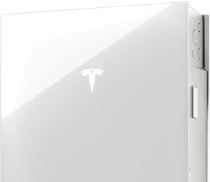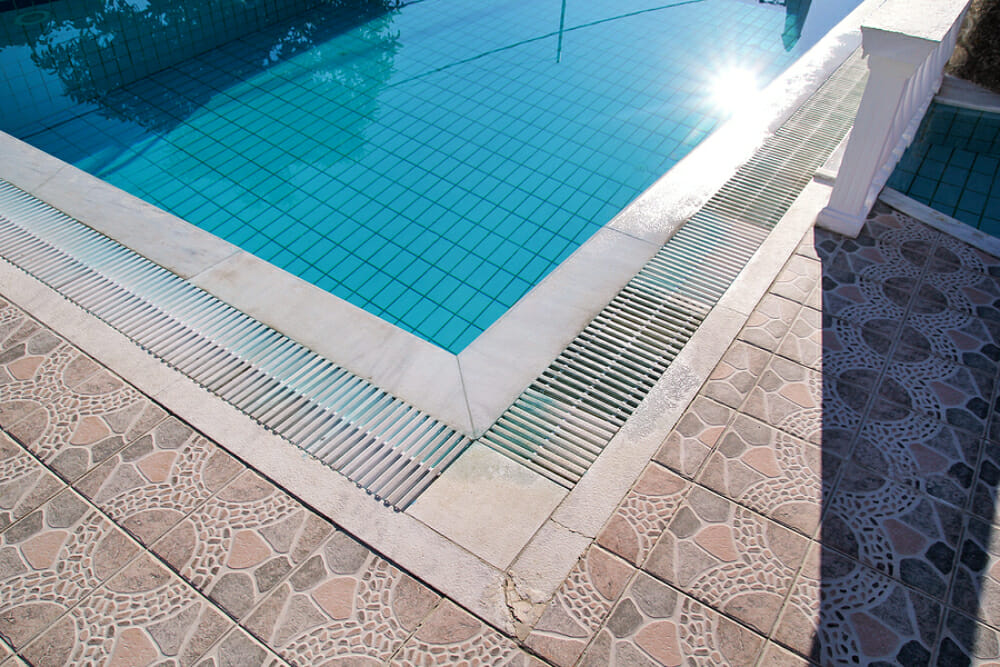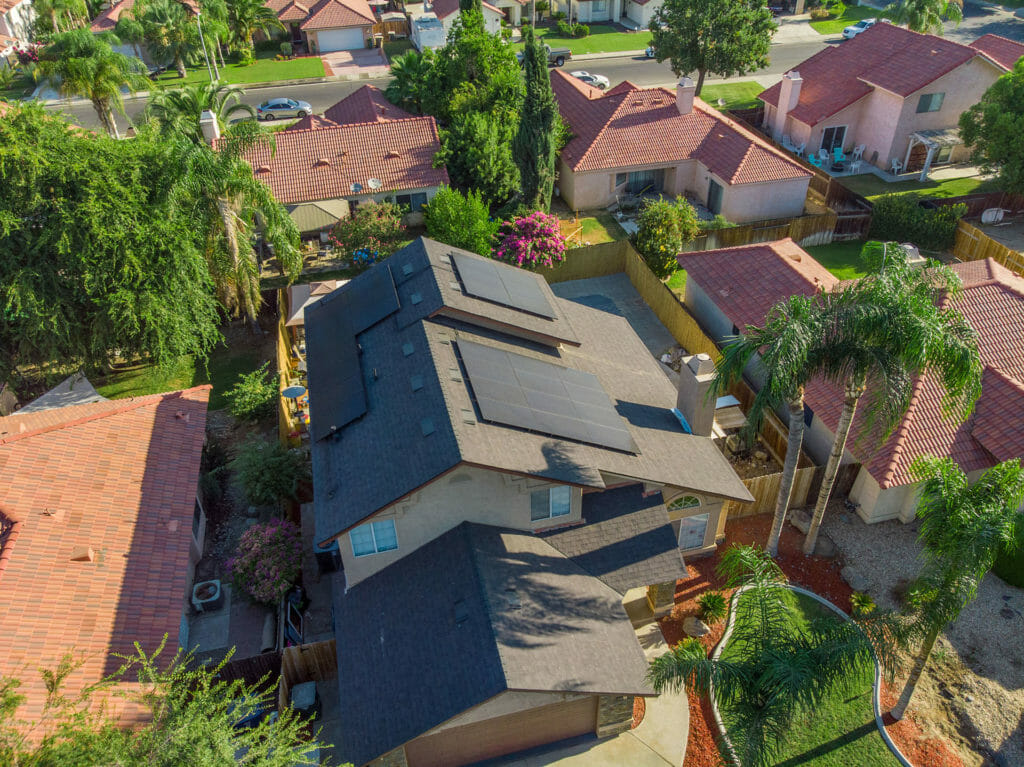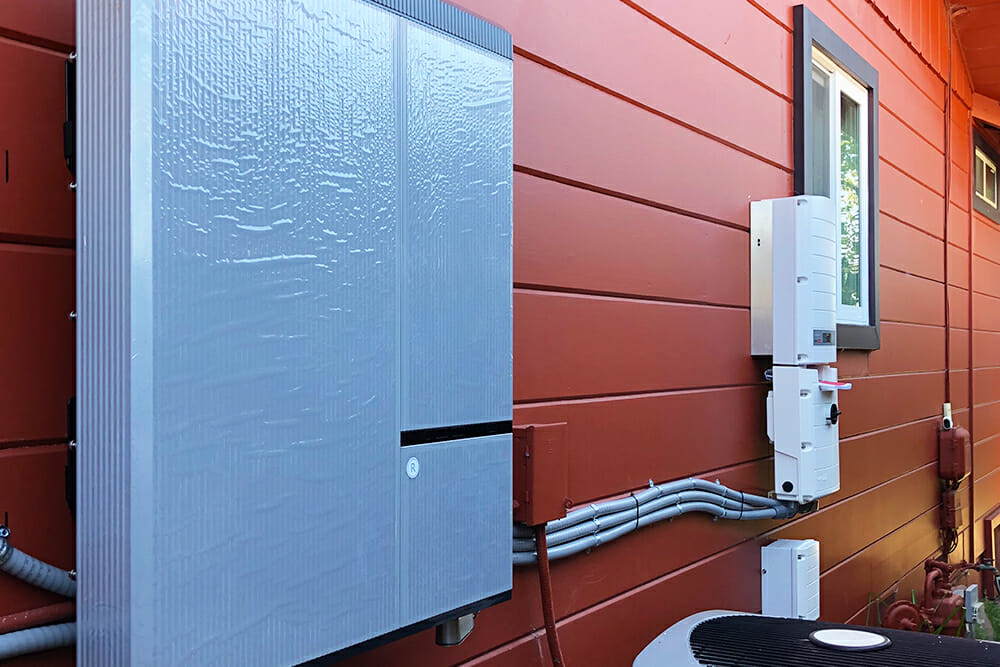In California, over one million homeowners have a solar system on their home, which allows them to take advantage of clean energy and lower energy bills.
If you are only now deciding to go solar, you are probably aware that there is no lack of professional solar installers to choose from. For those handier than the average homeowner, the idea of a DIY solar installation is enticing, especially if it means saving a little money on the upfront costs.
There is certainly a wealth of information online detailing the basics of mounting panels to a roof, and it’s also true that you can buy all the equipment you need to build and install your own system.
But before you climb atop your roof and begin installation, you should really consider if DIY solar is right for you.
Determine if your roof is in good enough condition for solar.
While you can install a ground-mounted solar, unless you have a lot of property or you’re willing to sacrifice your backyard, you’ll likely be looking at installing a roof-mounted solar system. But before you can do so, you should determine if your roof is in suitable condition.
You can mount solar panels on most roofing materials, including asphalt shingles, clay tiles, and metal sheets. However, you might run into trouble if your roof is wood or slate. It can be difficult to screw in and fasten the panels to wood or slate roofs, as these materials are known to break and crack more easily. Wood shingles, in particular, represent a fire hazard, a risk which could be magnified as roof-mounted panels become hot as the sun hits them. You have to be especially careful—and may want to contact a professional—if you intend to install solar on a wood roof.
Now, your roofing material might be perfect for solar, but what about your roof’s condition? If your roof has cracks or leaks, or if you are missing shingles, then it might be that your roof is not structurally sound. You do not want to mount solar panels to your roof if there are any structural problems, as that can be a safety issue and you’ll have to backtrack to fix your roof at some point in the future.
It’s worth noting that, when it comes to the cost of DIY solar vs hiring a pro, if you have roof issues you will have to pay for those repairs before you do anything else. That’s a cost you won’t be able to avoid even with DIY solar.
The performance of roof-mounted solar panels is affected by the dimensions of your roof, as well as the pitch and orientation.
In the northern hemisphere, the most ideal solar panel orientation is true south. Do not confuse true south with magnetic south. Magnetic south is the south you will find on a compass, while true south is the direction towards the South Pole. Orienting your panels true south ensures that they receive sunlight throughout the day, not predominantly in the morning or evening.
However, orienting your panels true south may be infeasible due to shade resulting from nearby trees or houses that cast shadows on your roof. Any panels in the shade for part of the day means that you will need other panels in the sun to compensate for the loss of energy production. You can use Google’s Project Sunroof tool to determine if solar is a good fit for your home, as it takes into account orientation, shade, and home location.
You also want to determine the angle of your roof. In general, roof angles between 30 and 45 degrees, with true south orientation, will maximize your solar system’s output. In fact, the closer the angle is to 30 degrees, the more efficient your system will be, as steeper angles are known to reduce solar energy production.
However, a DIY installation can get complicated if your roof, or parts of your roof, are angled steeper than 45 degrees. You’ll have to mount brackets that allow you to orientate the solar panels at the proper angle, which could be tricky.
Before you delve into a DIY project that can quickly become complicated, you should consider whether you have the tools and knowledge to complete the job, and if you can do the job safely. There is a reason many prospective solar buyers turn to a solar installation company like Ilum Solar—we know how to install solar panels, and we can do it efficiently and safely. That peace of mind could be enough to move your thinking from DIY to hiring a pro, so keep it in mind.
You can buy a DIY solar installation kit, which is the place to start if you are committed to this type of project.
There are a number of DIY solar kits that you can buy online. That’s a good place to start if you’re really committed to the DIY solar, as the kit will probably come with most, if not all, of the equipment you need. (Note that this is not true of every DIY solar kit. Be sure to research what tools and equipment you need, and then find a kit which has most if not all of those components.)
To save even more money, you might turn to used solar panels and used solar equipment. That might shave a few dollars off the upfront cost, but in the long run it’s not a great idea. As solar panels age, their power production dwindles. Not by much—some solar panels degrade at less than 1% per year—but the fact is they do degrade. To realize the biggest return on investment, you want your solar system to produce as much energy as possible for the longest possible time. Even solar panels that are two or three years will not last as long as new panels. Considering that decreased production will decrease your savings every day you use your panels, going with used panels will hurt your pocketbook in the long run.
Installing wired components may require you to hire an electrician.
Working with wiring can be dangerous, but no solar system installation is complete without wiring together the various electrical components. Even if you hoped to avoid paying for anything beyond the panels and tools, only trained electricians should hook up wired systems. An electrician may also be able to inspect the entire system to make sure it is safe to use.
You will need to obtain multiple permits before starting on your project.
Installing a solar power system requires both extensive electrical and structural work, both of which are extremely sensitive and require extensive expertise to do right. Fires, structural damage, and leaks are only a few of the potential problems that can result from improper installation.
This is why you will need to file for a building permit, as well as an electrical or photovoltaic permit. A few years ago, the state of California passed a law requiring communities to streamline the process for obtaining residential solar project permits. But for the average homeowner, this does not necessarily mean it will be easy. The California Solar Permitting Guidebook is 114 pages long, so you will definitely need to do your homework.
Navigating regulations on your own can be time consuming and costly especially if you have no previous experience doing so. You can submit plans to your local jurisdiction yourself, but this process is almost always handled by an experienced solar contractor.
Professional solar companies are likely more aware of the regulations and permits that you are required to have. That knowledge can make things a lot easier when it comes to installing a solar system.
If you make an installation mistake, you can effectively erase the money you hoped to save going with DIY.
As you can probably tell, installing a solar system requires some level of expertise. If you happen to make a mistake, it can cost you a lot of money.
Let’s say you don’t install the system properly, but it’s not immediately clear what the problem is. Maybe you thought you finished the job, but your solar system is not producing energy like it should. You can continuously tinker with the system yourself, but if that doesn’t work, you’ll have to hire a pro, which will cost you more than you had hoped to spend.
There is also a chance that you make a mistake during installation. In that case, you might be required to buy new equipment or panels, an issue that will turn out to be very expensive.
Buyers who have their system installed by a solar company do not have to worry about these hypothetical costs. Most solar companies offer long-term warranties, and installation mistakes are covered by the solar company, not you.
In order to connect your system to the energy grid, you will have to hire a pro.
Most solar owners are connected to the energy grid: it is a convenient source of power, it reduces the complexity and cost of your system, and you can earn rebates from your system to save even more money. There is really no good reason not to be grid-tied, and given the complexity of the equipment needed to install an off-the-grid system, your DIY system will likely need to be grid-tied anyway.
Utility providers such as SMUD and PG&E will not allow a residential solar system to connect to the energy grid unless it is approved. Only after your local building division gives the OK will your energy provider tie your system to their grid. This in turn means that you will need a professional electrician to ensure that everything is up to code before going through the approval process.
It’s clear that DIY solar is possible—but as you go at it alone, realize that there are numerous factors that you should consider if you want to maximize energy production and cost savings.
On the other hand, hiring a professional solar company to install your solar panels means your system is warrantied and the most efficient it can be.
Do you want to get the most out of your solar system? Nothing beats a pro! Contact Ilum Solar today for a solar system estimate and to get the experience and professionalism of an installation expert.





